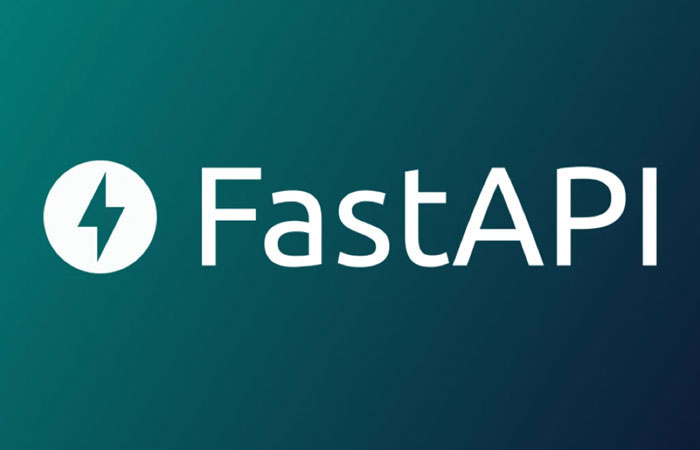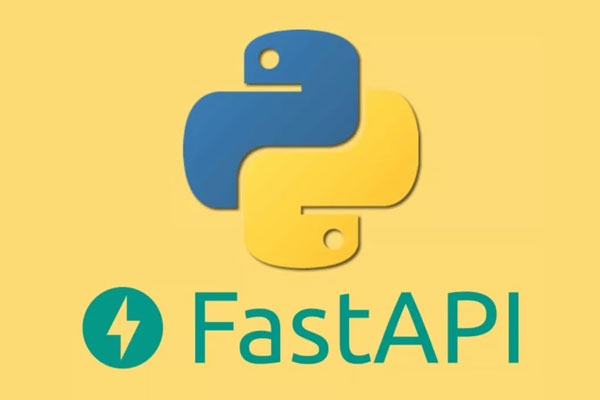Revolutionizing web development. Enhancing the efficiency, capability, and creativity of developers.


FastAPI, a modern and high-performance web framework for building APIs with Python, has rapidly gained popularity within the web development community. Developed by Sebastián Ramírez, FastAPI is designed to be fast, easy to use, and based on standard Python type hints. In this exploration, we'll dive into the key features, components, and considerations that make FastAPI stand out and redefine the landscape of API development.
FastAPI emerges as a response to the growing demand for efficient and modern tools in the realm of API development. It combines Python's strengths with advanced features like automatic data validation, documentation generation, and asynchronous support, making it a compelling choice for developers seeking both speed and productivity.
One of FastAPI's defining features is its embrace of asynchronous programming. Built on top of Starlette and Pydantic, FastAPI leverages Python's async and await syntax to handle concurrent requests efficiently. This asynchronous approach allows the framework to achieve high performance by efficiently managing multiple connections simultaneously. Asynchronous programming enables FastAPI to handle numerous requests concurrently, making it particularly well-suited for applications with a high level of simultaneous connections. The asynchronous nature of FastAPI contributes to the scalability of applications, allowing them to handle increased loads without sacrificing responsiveness.
FastAPI's innovative use of Python type hints and Pydantic models sets it apart in terms of data validation and automatic documentation generation. By leveraging type hints, FastAPI not only enhances code readability but also enables the automatic generation of detailed API documentation. FastAPI generates interactive API documentation based on type hints and Pydantic models, providing a live and interactive interface for testing endpoints. Pydantic models allow developers to define data structures with validation rules, ensuring that the incoming data adheres to the expected format and types.
Routing in FastAPI is intuitive and elegant. Developers can define API routes by decorating functions, and FastAPI automatically generates OpenAPI documentation based on these route definitions. This declarative approach simplifies the creation of API endpoints. astAPI's routing system uses a declarative syntax, making it intuitive for developers to define the structure of their API. The routing system automatically generates OpenAPI documentation, eliminating the need for manual documentation efforts.
FastAPI incorporates a robust dependency injection system, allowing developers to efficiently manage dependencies for their routes. Dependencies can include authentication checks, database connections, or any other resource needed by a route.


FastAPI provides built-in support for various authentication mechanisms, such as API keys, OAuth2, and JWT (JSON Web Tokens). This allows developers to secure their APIs easily and implement fine-grained access control. FastAPI supports multiple authentication mechanisms, giving developers the flexibility to choose the method that best suits their application's requirements. The framework supports fine-grained access control, enabling developers to define permissions based on user roles.
FastAPI seamlessly integrates with Pydantic models for defining request and response structures. This integration not only aids in data validation but also ensures that the API documentation accurately reflects the expected input and output. Pydantic models enforce data validation rules, ensuring that incoming requests meet the specified criteria. FastAPI generates accurate API documentation based on the defined Pydantic models, providing a clear reference for consumers of the API.
FastAPI supports middleware, allowing developers to apply additional logic to requests and responses globally. Middleware components can be used for tasks such as logging, error handling, or custom authentication checks. Middleware components enable developers to apply logic globally to all requests and responses, providing a centralized way to implement features.
FastAPI includes tools for testing, making it easy for developers to write unit tests for their API routes. The testing framework allows for the simulation of requests, ensuring that routes function as expected. FastAPI's testing framework facilitates the creation of automated tests for different parts of the application, ensuring that each route behaves correctly. esting in FastAPI allows developers to isolate and test individual components, guaranteeing that each part of the API works independently.
FastAPI has emerged as a powerhouse in the Python web development ecosystem, redefining API development with its modern features and performance-oriented design. From asynchronous programming and type hints to automatic documentation generation and dependency injection, FastAPI empowers developers to build robust and efficient APIs with ease. Its focus on standard Python constructs, combined with a rich set of features, makes it an attractive choice for projects ranging from small prototypes to large-scale applications. As the web development landscape continues to evolve, FastAPI stands as a testament to the power of innovation and adaptability, providing a framework that accelerates the development of high-performance APIs while maintaining a developer-friendly experience.